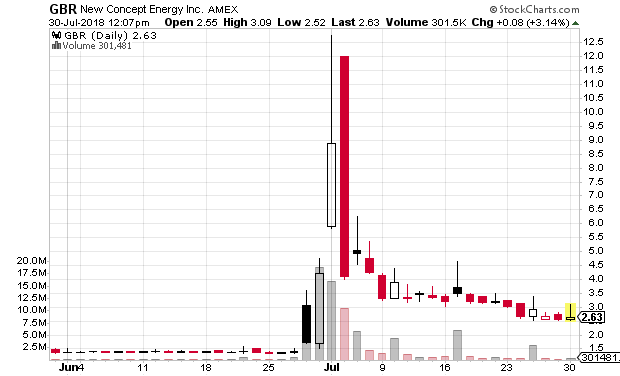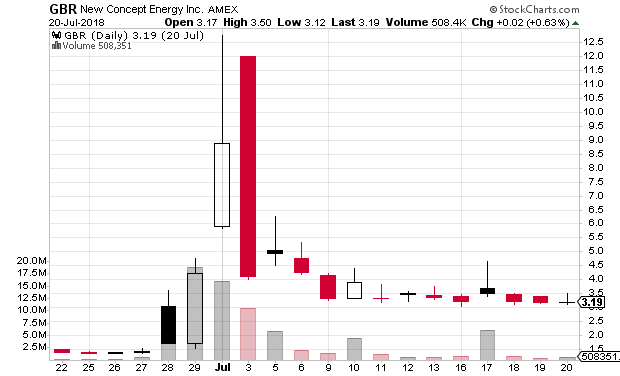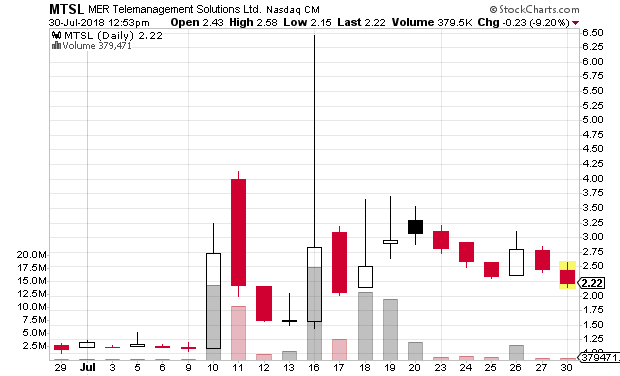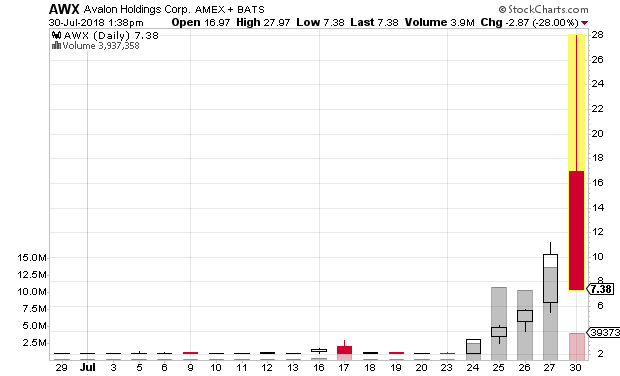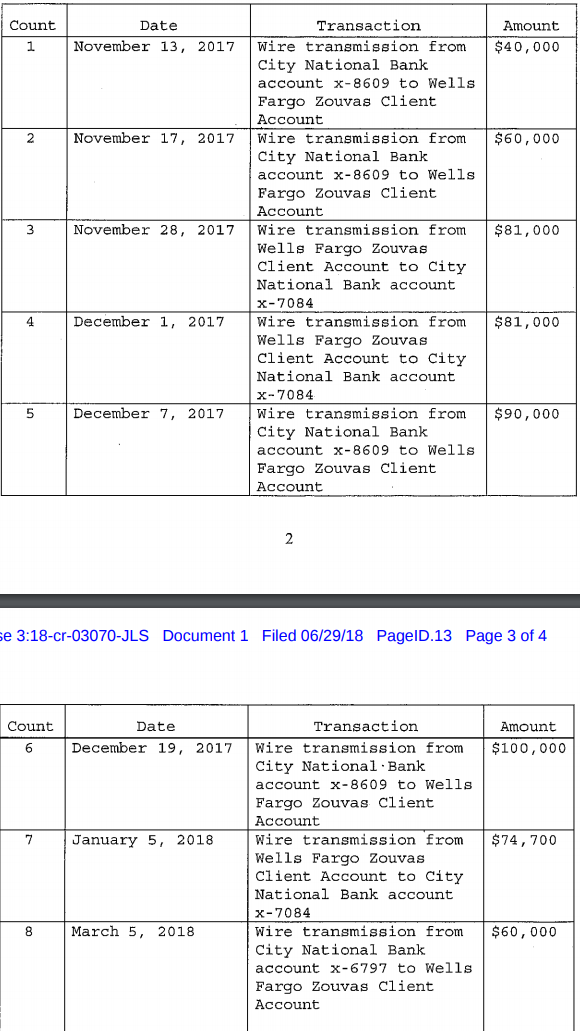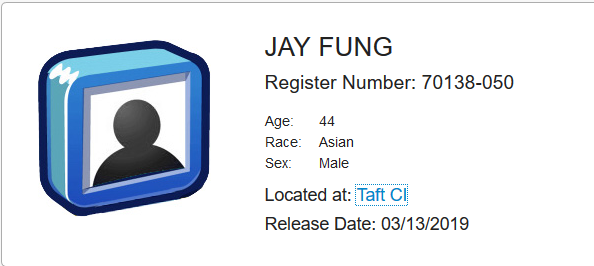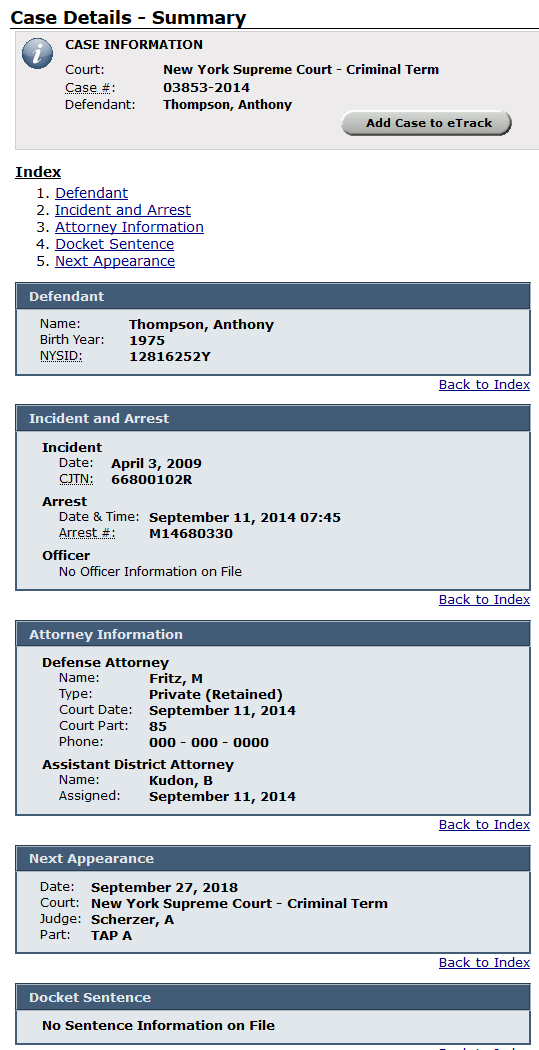[Update 4 February 2020: This lawsuit has been settled. Read about the settlement.]
Scottsdale Capital Advisors (referred to here and in many court filings as SCA) sued me personally and my company, MorningLightMountain LLC (referred to here and in many court filings as MLM), in The Kalamazoo County Circuit Court in Michigan. My lawyers removed it to federal court (Scottsdale Capital Advisors Corp. v. MorningLightMountain, LLC (1:18-cv-00533) U.S. District Court, W.D. Michigan) and then agreed with SCA’s lawyers to remand it back to state court. You can see all the filings that happened at the federal level for free at the Court Listener website:
https://www.courtlistener.com/docket/6627318/scottsdale-capital-advisors-corp-v-morninglightmountain-llc/
Full federal case docket
(Note that the links that are not PDFs are OCR text of the filings performed by CourtListener.com and will have errors):
1. May 11, 2018 Main Document Notice of Removal Download PDF
2. May 14, 2018 Main Document Notice Regarding Assignment of Case Download PDF
3. May 14, 2018 Main Document Corporate Disclosure Statement Download PDF
4. May 18, 2018 Main Document Stipulation and Order (Proposed-one document) Download PDF
State Court Docket
Kalamazoo County Circuit Court does not yet allow the public electronic access to court records. To keep my readers updated, I will be posting a copy of the register of actions (docket) every so often as well as posting scans of all documents publicly available in the case.
The case is 2018-0153-CZ in the Civil Division of the Ninth Judicial Circuit Court of the State of Michigan.
Scottsdale Capital Advisors Corp.
v
Does 1-10
Michael Goode
MorningLightMountain, LLC
Michigan State case register of actions (2018-0153-CZ)
Register of Actions as of 1/23/2020 (PDF)
[All links below are to PDF files]
4/16/2018 – Summons and Complaint – Civil – New Filing
Service To: Defendant MorningLightMountain, LLC; Defendant Goode,
Michael; Defendant Does 1–10
4/17/2018 – Notice of Review by Business Court Judge
4/20/2018 – Amended Complaint
Party: Plaintiff Scottsdale Capital Advisors Corp.
5/11/2018 – Notice of Removal to Federal Court
Party: Plaintiff Scottsdale Capital Advisors Corp.; Defendant MorningLightMountain, LLC; Defendant Goode, Michael; Defendant Does 1–10
[This is the same as the notice of removal filed in the federal case; the exhibits are not included in this scan because they were included with the federal case linked above]
5/25/2018 – Stipulation with Order Regarding:
Fixing Deadline to Response to First Amended Complaint
5/25/2018 – Substitution of Attorney and Order
Party: Plaintiff Scottsdale Capital Advisors Corp.
5/29/2018 – Court of Appeals- Supreme Court – Remand for:
Remanded from the Western Distict of Michigan
6/7/2018 – Answer to Amended Complaint
Party: Defendant MorningLightMountain, LLC; Defendant Goode, Michael
6/7/2018 – Motion for Summary Disposition
Party: Defendant MorningLightMountain, LLC; Defendant Goode, Michael
First Amended Complaint– with Brief in Support
6/7/2018 – Praecipe
6/7/2018 – Proof of Service
6/7/2018 – Notice of Scheduled Proceeding
on Defendants Motion for Summary Disposition
6/27/2018 – Civil Proceedings Scheduling Order MCR 2.401
Party: Plaintiff Scottsdale Capital Advisors Corp.; Defendant MorningLightMountain, LLC; Defendant Goode, Michael
8/2/2018 – Stipulation
Stipulation to Amend Scheduling Order
8/14/2018 – Adjournment – Stipulation and Order
Party: Plaintiff Scottsdale Capital Advisors Corp.; Defendant MomingLightMountain, LLC; Defendant Goode, Michael; Defendant Does 1–10
to Amend Scheduling Order
8/15/2018 – Notice of Scheduled Proceeding
8/17/2018 – Response to: (Specify)
Party: Plaintiff Scottsdale Capital Advisors Corp.
in Opposition to Motion for Summary Disposition of First Amended Complaint
8/17/2018 – Proof of Service
Reply in support of Defendants’ Motion for Summary Disposition of First Amended Complaint
8/20/2018 – Response to: (Specify)
Party: Defendant MomingLightMountain, LLC; Defendant Goode, Michael
Reply in support of Defendants‘ Motion for Summary Disposition of First Amended Complaint
8/20/2018 – Proof of Service
on Plaintiffs Response in Opposition to Motion for Summary Disposition of First Amended Complaint
8/20/2018 – Motion for Pro Hac Vice
Plaintiffs Motion for Temporary Admission of Out of State Attorney, Nicholas A. Kurtz with supporting documentation
8/20/2018 – Proof of Service
on Plaintiffs Motion for Temporary Admission of Out of State Attorney, Nicholas A. Kurtz with supporting documentation
8/21/2018 – Order for Pro Hac Vice
as to Nicholas A. Kurtz
8/22/2018 – Motion for Summary Disposition (9:00 AM) (Judicial Officer: Lipsey, Alexander C.)
Events: 06/07/2018 Motion for Summary Disposition
9/14/2018 – Notice of Scheduled Proceeding
Amended Trial date – original set for the wrong date
9/18/2018 – Proof of Service
Plaintiffs First Set of Interrogatories to Defendants; Request for Production to Defendants
10/4/2018 – Opinion
10/9/2018 – Miscellaneous Filing
Notice of Withdrawal of Plaintiffs Counsel Nicholas A. Kurtz
10/09/2018
10/9/2018 – Proof of Service
of Notice of Withdrawal of Plaintiffs Counsel Nicholas A. Kurtz
10/22/2018 – Transcript
Motion for Summary Disposition – Wednesday, August 22, 2018
10/22/2018 – List of Witnesses that may be Produced
Party: Plaintiff Scottsdale Capital Advisors Corp.
10/22/2018 – Proof of Service
of Plaintiffs Witness List
10/22/2018 – Proof of Service
Served” Defendants’ First Interrogatories, and First Request for Records
10/22/2018 – Proof of Service
Defendant‘s Answers to Plaintiff’s First set of Interrogatories and Request for Production
10/25/2018 – Motion for Reconsideration – Relief from Judgment
Party: Defendant MorningLightMountain, LLC; Defendant Goode, Michael
with Proof of Service
10/25/2018 – Order Denying Motion for Reconsideration
Order Denying Defendants’ Motion for Reconsideration with proof of service
10/30/2018 – Return of Document
Party: Defense Attorney Pinsky, H Rhett
11/13/2018 – Amended Complaint
Party: Defendant MorningLightMountain, LLC; Defendant Goode, Michael
Defendants‘ Consent for Plaintiff to File Second Amended Complaint with Reliance on Jury Demand
11/13/2018 – Proof of Service
of Defendants‘ Consent for Plaintiff to File Second Amended Complaint and Plaintiff’s Second Amended Complaint and Reliance on Jury Demand
11/15/2018 – Answer to Amended Complaint
Party: Defendant MorningLightMountain, LLC; Defendant Goode, Michael
Answer to Plaintiffs‘ First Amended Complaint with Affirmative and Other Defenses and Reliance on Jury Demand
11/15/2018 – Motion for Summary Disposition
Party: Defendant MorningLightMountain, LLC; Defendant Goode, Michael
of Second Amended Complaint
11/15/2018 – Brief – Memorandum
Supporting Motion for Summary Disposition of Second Amended Complaint
11/15/2018 – Praecipe
11/15/2018 – Proof of Service
of Motion for Summary Disposition of Second Amended Complaint, Answer to Plaintiffs First
Amended Complaint with Affirmative and Other Defenses
11/15/2018 – Notice of Scheduled Proceeding
of Motion for Summary Disposition scheduled for December 6 @ 1:30 pm
11/26/2018 – Motion for Pro Hac Vice
Plaintiffs Motion for Temporary Admission of Out of State Attorney with supporting documentation
11/27/2018 – Order for Pro Hac Vice
as to Jordan Susman
11/29/2018 – List of Witnesses that may be Produced
Party: Defendant MomingLightMountain, LLC; Defendant Goode, Michael
Preliminary Witness List
11/29/2018 – Proof of Service
of Defendants‘ Preliminary Witness list, Defendants‘ Second Interrogatories, and Defendants’ Second Requests for Records
11/30/2018 – Notice of Scheduled Proceeding
Defendants‘ Motion for Summary Disposition rescheduled from 12/06/2018 due to court scheduling conflict– parties also emailed notice on 11/30/2018
12/3/2018 – Response to: (Specify)
Party: Plaintiff Scottsdale Capital Advisors Corp.
Plaintiffs Response in Opposition to Motion for Summary Disposition of Second Amended Complaint
12/3/2018 – Proof of Service
Plaintiffs Response in Opposition to Motion for Summary Disposition of Second Amended Complaint
12/10/2018 – Response to: (Specify)
Party: Defendant Goode, Michael; Defendant Does 1–10
Reply in Support of Motion for Summary Disposition of Second Amended Complaint
12/10-2018 – Proof of Service
of Defendants‘ Reply in Support of Motion for Summary Disposition on Second Amended Complaint
12/10/2018 – Motion for Pro Hac Vice
Plaintiffs Motion for Temporary Admission of Out of State Attorney with supporting documentation
12/11/2018 – Order for Pro Hac Vice
12/14/2018 – Motion for Summary Disposition (2:30 PM) (Judicial Officer: Lipsey, Alexander C.)
Events: 11/15/2018 Motion for Summary Disposition
Rescheduled from 12/06/2018– parties were emailed notice of the change in date and time on 11/30/2018 – tjc
12/19/2018 – Transcript
of Hearing on Motion for Summary Disposition that was held on Friday, December 14, 2018 @ 2:45 pm
1/11/2019 – Amended Complaint
Party: Plaintiff Scottsdale Capital Advisors Corp.
Plaintiffs Third Amended Complaint and Jury Demand
1/11/2019 – Proof of Service
of Plaintiffs Third Amended Complaint, Plaintiffs Responses to Defendants‘ Second Requests for Records, and Plaintiffs Answers to Defendants’ Second Interrogatories
2/1/2019 – Motion for Summary Disposition
Party: Defendant MorningLightMountain, LLC; Defendant Goode, Michael
2/1/2019 – Brief – Memorandum
Brief in support of Defendants’ Motion for Summary Disposition
2/1/2019 – Praecipe
Defendants‘ Motion for Summary Disposition
2/1/2019 – Proof of Service
Defendants’ Motion for Summary Disposition; Brief in support; Praecipe
2/1/2019 – Answer to Amended Complaint
Party: Defendant MomingLightMountain, LLC; Defendant Goode, Michael
Defendants’ Joint Answer to Third Amended Complaint with Reliance on Jury Demand
2/4/2019 – Notice of Scheduled Proceeding
of Motion for Summary Disposition
2/6/2019 – CANCELED – Settlement Conference (1:30 PM) (Judicial Officer: Lipsey, Alexander C.) Other (specify)
12/26/2018 Continued to 02/06/2019 – Stipulation and Order – Scottsdale Capital Advisors Corp.; MorningLightMountain, LLC; Goode, Michael; Does 1-10
3/20/2019 – Opposition to:
Plaintiff’s Response in Opposition to Motion for Summary Disposition of Third Amended Complaint
3/20/2019 – Proof of Service
Plaintiff’s Response in Opposition to Motion for Summary Disposition of Third Amended Complaint
3/22/2019 – Response to: (specify)
Party: Defendant MomingLightMountain, LLC; Defendant Goode, Michael; Defendant Does 1–10
Defendant’s Reply in Support of Motion for Summary Disposition of Third Amended Complaint
3/25/2019 – Proof of Service
Defendant‘s Reply in Support of Motion for Summary Disposition of Third Amended Complaint
3/26/2019 – Motion for Summary Disposition (10:00 AM) (Judicial Officer: Lipsey, Alexander C.)
Events: 02/01/2019 Motion for Summary Disposition
4/4/2019 – Order Denying Motion for Summary Disposition
Party: Defendant MomingLightMountain, LLC; Defendant Goode, Michael
Omnibus Order Denying Motion for Summary Disposition and Granting Stay of Proceedings Pending Completion of Interlocutory Appeal
4/8/2019 – Reporter -Recorder Certificate- Ordering Transcript on Appeal
4/8/2019 – Transcript
March 26, 2019 – Motion for Summary Disposition
CANCELED 4/9/2019 – Civil Jury Trial (9:00 AM) (Judicial Officer: Lipsey, Alexander C.)
Other (specify)
01/15/2019 Continued to 04/16/2019– Stipulation and Order– Scottsdale Capital Advisors Corp.; MomingLightMountain, LLC; Goode, Michael; Does 1–10
04/16/2019 Reset by Court to 04/09/2019
09/17/2019 – Court of Appeals- Supreme Court – Order
Motion to Strike is DENIED and Application for Leave to Appeal is GRANTED
01/17/2020 – Court of Appeals – Supreme Court – Order Dismissing Appeal
This Appeal is DISMISSED
01/17/2020 –Judgment of Dismissal
Party: Plaintiff Scottsdale Capital Advisors Corp.; Defendant MomingLightMountain,
LLC; Defendant Goode, Michael; Defendant Does 1-10
[Filings and Circuit Court register of actions last updated 1/23/2020]
Michigan Court of Appeals (MCOA) Docket
Online docket (case #348702)
04/25/2019 #1 App For Leave to Appeal – Civil
Proof of Service Date: 04/25/2019
Register of Actions: Y
Answer Due: 05/16/2019
Fee Code: EPAY
Attorney: 70902 – RICHOTTE JOSEPH E
Comments: voluminous efiled appendices not printed for file
04/04/2019 #2 Order Appealed From
From: KALAMAZOO CIRCUIT COURT
Case Number: 2018-000153-CZ
Trial Court Judge: 28305 LIPSEY ALEXANDER C
Nature of Case: Summary Disposition Denied
04/25/2019 #3 Transcript Filed By Party
Date: 04/25/2019
Reporter: 8376 – QUARRY REBECCA S
Filed By Attorney: 70902 – RICHOTTE JOSEPH E
Hearings:
03/26/2019 mot summary dispo
Comments: appendix volume I, page 19a
05/06/2019 #4 Notice Of Filing Transcript
Date: 04/08/2019
Reporter: 8376 – QUARRY REBECCA S
Hearings:
03/26/2019 mot summary dispo
Comments: NFT originally received by COA on 4/11/19
05/16/2019 #5 Answer – Application
Proof of Service Date: 05/16/2019
Event No: 1 App For Leave to Appeal – Civil
For Party: 1 SCOTTSDALE CAPITAL ADVISORS CORPORATION PL-AE
Filed By Attorney: 18920 – PINSKY H RHETT
05/16/2019 #6 Motion: Strike
Proof of Service Date: 05/16/2019
Filed By Attorney: 18920 – PINSKY H RHETT
For Party: 1 SCOTTSDALE CAPITAL ADVISORS CORPORATION PL-AE
Fee Code: EPAY
Answer Due: 05/30/2019
05/23/2019 #7 Answer – Motion
Proof of Service Date: 05/23/2019
Event No: 6 Strike
For Party: 2 MORNINGLIGHTMOUNTAIN LLC DF-AT
Filed By Attorney: 70902 – RICHOTTE JOSEPH E
06/06/2019 #8 Reply to Answer – Application
Proof of Service Date: 06/06/2019
Event No: 5 Answer – Application
For Party: 2 MORNINGLIGHTMOUNTAIN LLC DF-AT
Filed By Attorney: 70902 – RICHOTTE JOSEPH E
9/10/2019 #11 Submitted on Motion Docket
Event: 1 App For Leave to Appeal – Civil
Event: 6 Strike
District: G
9/13/2019 #12 Order: Application – Grant
Event: 1 App For Leave to Appeal – Civil
Event: 6 Strike
Panel: MTB,JMB,DBS
Attorney: 70902 – RICHOTTE JOSEPH E
Comments: deny motion to strike
10/01/2019 #13 Docketing Statement MCR 7.204H
For Party: 2 MORNINGLIGHTMOUNTAIN LLC DF-AT
Proof of Service Date: 10/01/2019
Filed By Attorney 70902 – RICHOTTE JOSEPH E
11/08/2019 #14 Brief: Appellant
Proof of Service Date 11/08/2019
Oral Argument Requested: Y
Timely Filed: Y
Filed By Attorney 70902 – RICHOTTE JOSEPH E
For Party 2 MORNINGLIGHTMOUNTAIN LLC DF-AT
11/13/2019 #15 Brief: Appendices in Support of Brief
Proof of Service Date: 11/13/2019
Filed By Attorney: 70902 – RICHOTTE JOSEPH E
For Party: 2 MORNINGLIGHTMOUNTAIN LLC DF-AT
Comments: Amended Appendices for Bf-AT
12/09/2019 #16 Stips: Extend Time – AE Brief
Extend Until: 01/10/2020
Filed By Attorney: 18920 – PINSKY H RHETT
For Party: 1 SCOTTSDALE CAPITAL ADVISORS CORPORATION PL-AE
P/S Date: 12/09/2019
01/09/2020 #17 Stips: Dismiss Appeal
Filed By Attorney: 70902 – RICHOTTE JOSEPH E
01/10/2020 #18 Order: Dismissal – Stip – Appeal
Attorney: 70902 – RICHOTTE JOSEPH E
01/14/2020 #21 File Closed-Out
File Location F
Due to the litigation I will not be providing my opinion on this case or on any of the parties involved so please do not ask.
Disclaimer: I and MorningLightMountain LLC of which I am the sole member were sued for defamation and false light invasion of privacy by Scottsdale Capital Advisors. This blog has a terms of use that is incorporated by reference into this post; you can find all my disclaimers and disclosures there as well.

